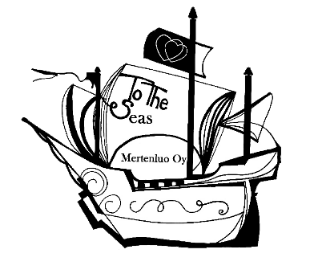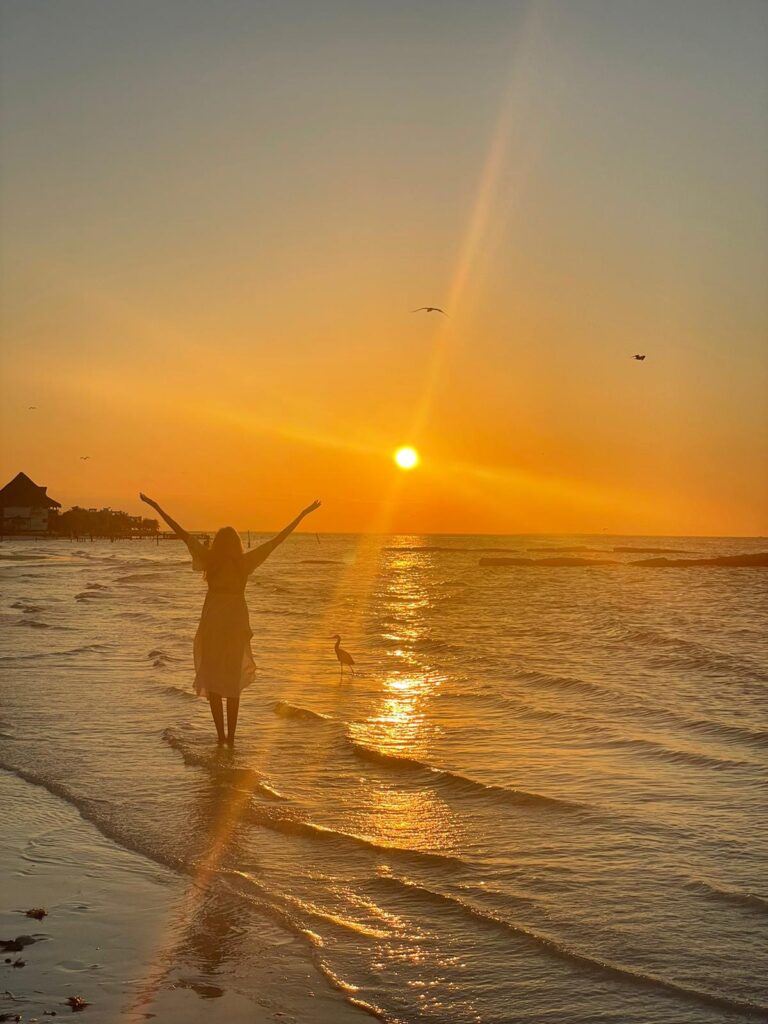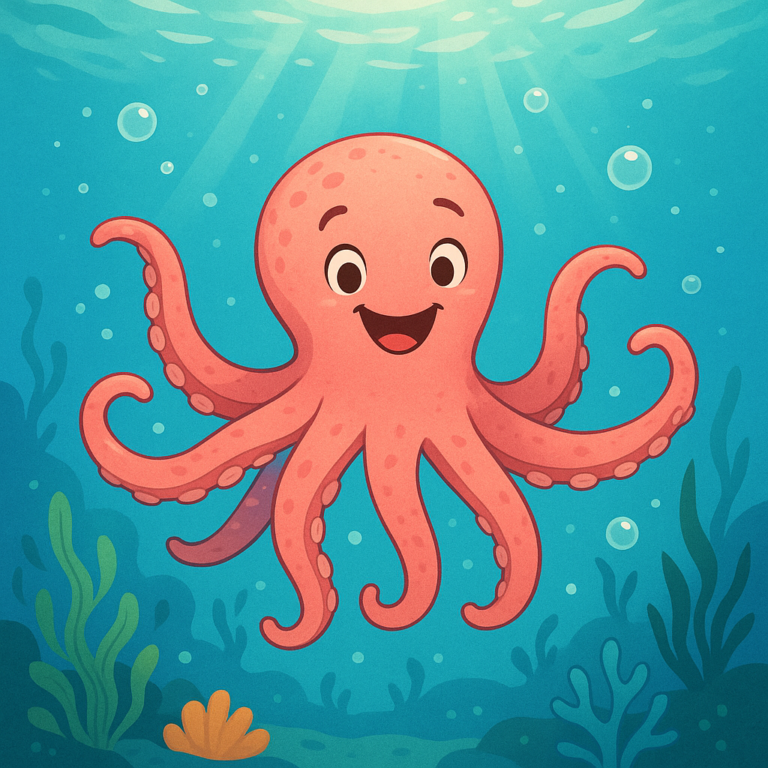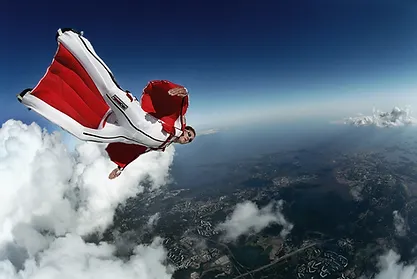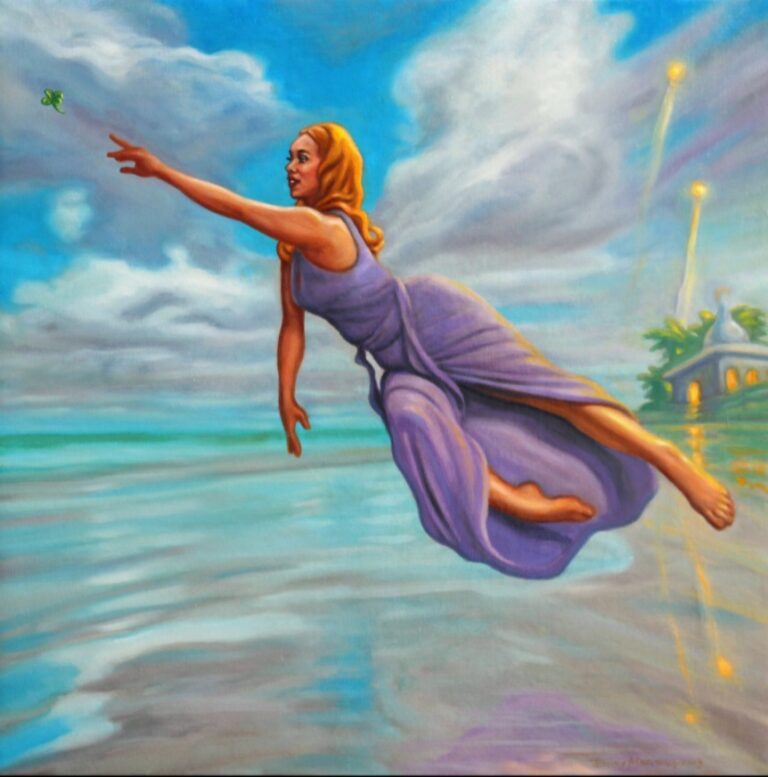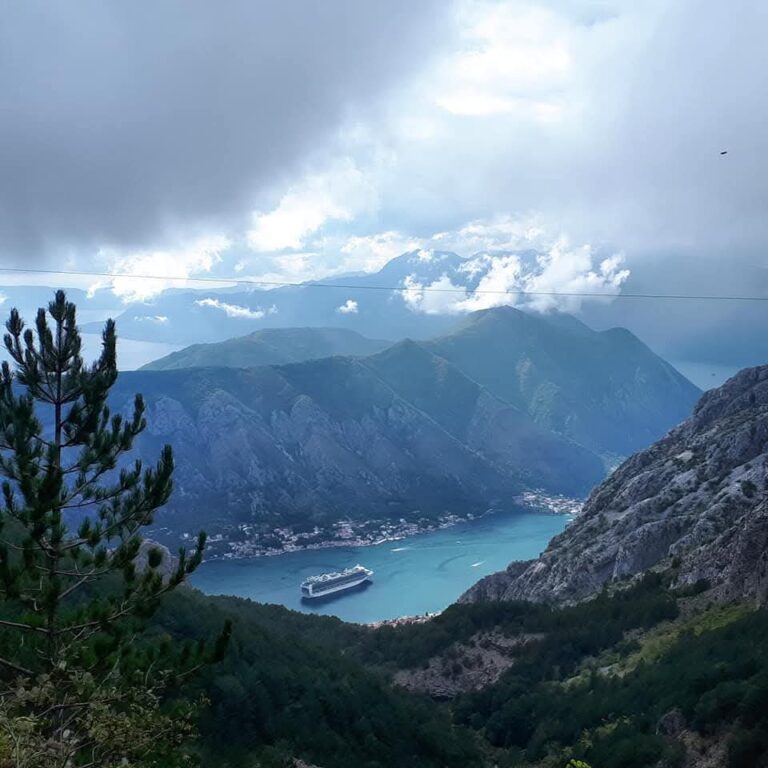Water Flows in History As Sacred
By Writer and Artist Hannamari Mäkelä
Water – a Spiritual Element
Covering roughly 70% of the earth’s surface and making up a similar proportion of the human body, water is essential to life in all its forms. The element of water is a sacred being that holds life on earth; a seed in the soil does not germinate until it receives water, which demonstrates that it is the spirit of water that ignites the production of life. Water, then, is the reconnecting element between our materialistic life and the spiritual world, and it has been revered throughout human history.
Water in Creation Myths
Water was central to the beliefs and rituals of ancient people of the world. It is an element common to many accounts of the origins of the planet and its inhabitants. According to the early myths and stories, creation arose out of water, rather in the same way that the human foetus is formed and nourished in the maternal waters of the womb. The ancient Sumerian creation myth, for example, tells of the primeval sea, represented as the goddess Nammu, giving birth to heaven and earth. In Mesopotamian mythology, Nammu’s son Enki is the primordial water god, creator of bodies of water.
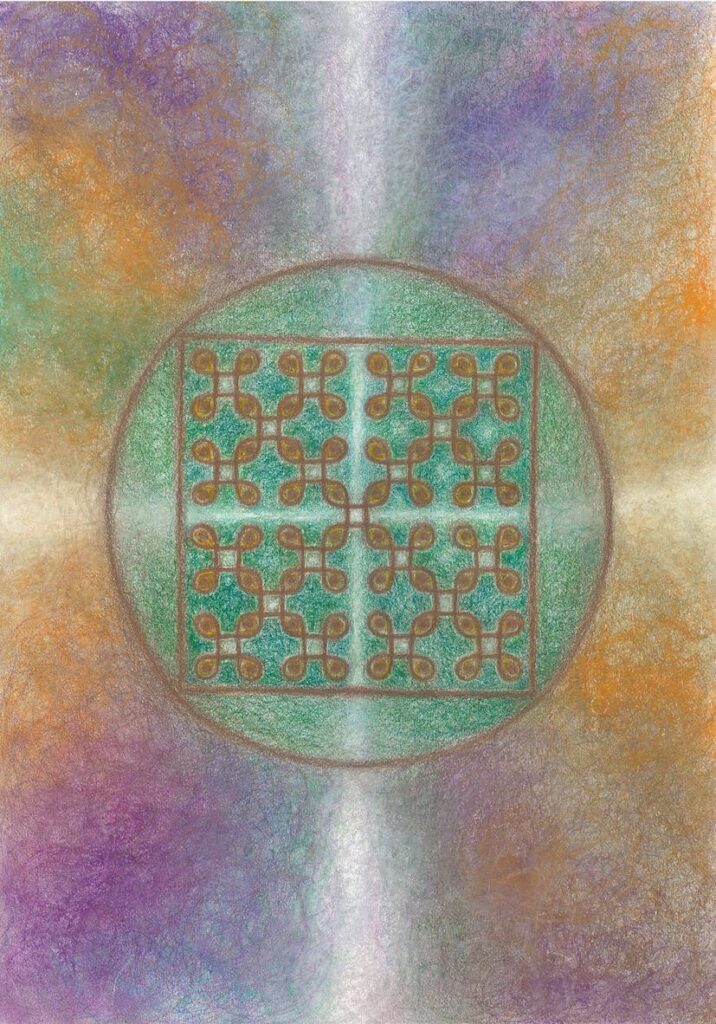
The art works in this blog represent crop formations.
Water-centered creation myths are particularly common in native American spirituality.
In many myths around the world, in the beginning there was only water and the land was born from it. To the Iroquois, for example, diving animals brought mud from the depths to create the world. In the Judeo-Christian tradition, Genesis describes how the spirit or breath of God moved on the face of the waters and set into motion the divine creation of life over the next 6 days. The Koran tells Muslims how “every living thing” was created from water. According to the Hindu Rigveda, in the beginning there was only “an ocean without light.” Water is one of the five great elements in Vedic tradition: it carries a divine egg or seed from which the creator god Brahma is born. The Earth is raised from the waters by Brahma.
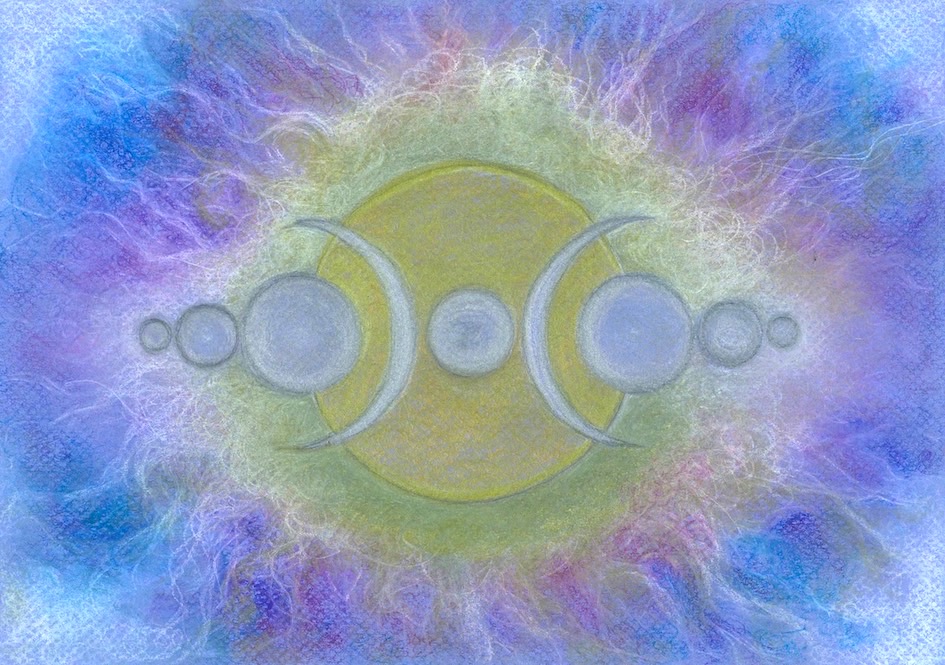
The New Water
These ancient views may contain a seed of truth, as research suggest that all water is created in the mantle of the Earth by geological forces. Geologists usually think that water arrived in comets as they struck the planet, but this discovery supports an alternative idea that the oceans gradually oozed out of the interior of the early Earth. Studies document the presence of a reservoir of water more than the volume of all the oceans deep beneath the Earth’s surface, and water is continuously created by the electromechanical forces of our planet, subjected to tremendous pressures and temperatures, both near surface and at a depth of approximately 500 kilometres. A study reported in the Scientific American confirms that “there is a very, very large amount of water that’s trapped in a really distinct layer in the deep Earth… approaching the sort of mass of water that’s present in all the world’s oceans.”
Japanese researchers believe that there could be more than ten times the amount of water inside the planet as there is on its surface. Deborah Tavares of the Primary Water Institute states that water is available in limitless quantities worldwide. To fill the depleted groundwater bases, all we need to do is to allow this new, or primary, water to replenish and recharge those bases. In fact, the practice of accessing primary water has been around for centuries. That water comes to the Earth’s surface in thousands of places, some well known like Jericho in Palestine, where it has provided drinking water for thousands of years.
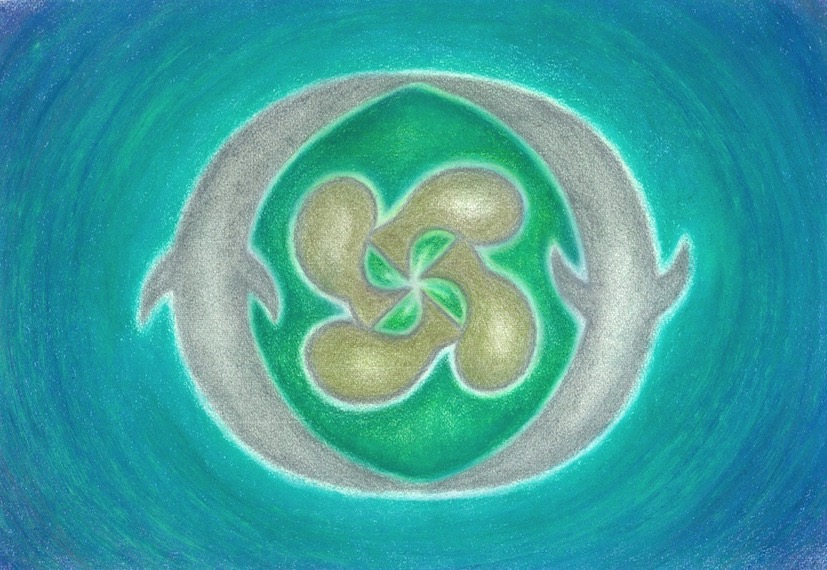
The oases in deserts are an example of primary water, and some habitats only can exist because of primary water, such as Israel. The hallmark of primary water springs and wells is that they provide clean and unspoiled water at constant temperature and flow. It never dries up, and unlike groundwater it is not subject to the effects of drought. This plentiful water could be localized to meet the water needs of individual communities. Primary water has been used to refill dried up lakes such as Lake Elsinore in California, which had gone dry in the 1950s.
The term “primary water” dates to a scientific paper in the Geological Society of Stockholm Proceedings of 1896 by renowned Finnish-Swedish geologist, mineralogist and explorer Adolf Erik Nordenskiöld, titled “About Drilling for Water in Primary Rock,” for which he was nominated for the first Nobel Prize in Physics. In 1957, Encyclopedia Britannica’s Book of the Year wrote about the “New Water” theory of American mineralogist, geohydrologist and dowser Stephan Riess, stating that he “formulated a theory that ‘new water’ which never existed before, is constantly being formed within the earth by the combination of elemental hydrogen and oxygen and that this water finds its way to the surface, and can be located and tapped, to constitute a steady and unfailing new supply.”
In 1960, engineer Michael Salzman published the book New Water for a Thirsty World providing detailed information on primary water. However, the technology of drilling for this new water has been repressed for decades, similarly to Nikola Tesla’s findings of free energy that exist around us in unlimited quantities.
The reason for such suppression of information seems to be the same: both water and energy are profitable businesses because everyone needs them. Meanwhile, most people still think that all our water is solely the secondary water source from rain and snow melt. In addition, this secondary water is mostly polluted water on the surface of the planet, and that is our drinking water. But we have more water than the whole planet could possibly ever use – all we need to do is to access primary water.
Water in Spiritual Traditions
In animistic cultures, indigenous people honour and respect water as sacred and wholly
life-sustaining. In many religious faiths, water symbolises the divine. In both Christianity and Islam, water symbolizes the grace, mercy and impartiality of God. In Christianity, water features in both the opening and closing passages of the Bible. The Hebrew Bible and New Testament have over 500 references to watery forms and themes. Water is presented as a symbol and agent of life and death, spiritual yearning and refreshment, healing and ritual purification.
In ancient times, there was little separation between the spiritual and the physical, and still today, water is associated with cleansing and purification of both the body and spirit.
Every culture on earth has a spiritual reverence for water and uses it symbolically in
ceremony, initiations, christenings, and baptisms. For example, the ritual of baptism by
water in Christianity signifies spiritual rebirth.
For Hindus, journeys to sites near sacred rivers are especially meaningful, and they describe pilgrimage as tirtha, a ford or bridge to the divine. River Ganges, for example, has always been revered in India. In Allahabad there are ceremonies where 70 million people arrive because water is revered so deeply. It is said that every Hindu should do a pilgrimage to the Ganges at least once in a lifetime, as immersion in the Ganges is believed to bring purification and freedom from sin. There, people take water from the river to a little bottle and take it to their home and put it on the home altar. This is not only a psychological matter but they also get the vibration of the sacred river on their altar.
In Hindu and Buddhist traditions, blessed water is used ceremonially for cleansing images of deities. For Buddhists, water symbolises purity, calmness and serenity, and they practice water offerings at Buddhist shrines. In Buddhism, a path to enlightenment includes a diligent cleansing of body, mind and spirit. Buddhists seek spiritual transformation, or nirvana, in natural settings – amid forests, rivers, and mountains – and see the entire universe – humans, animals, water, earth, sun, moon, and stars – as an interdependent whole.
The Revered Water Deities
A water deity is a deity in mythology associated with water or various bodies of water. Mythological stories of water deities have been passed down through oral traditions, and many continue to live on in modern religions and ceremonial traditions. There are hundreds, possibly thousands of water deities revered in various cultures around the world. In past times, these deities were especially important among civilizations in which the sea or ocean, or a great river was more important.
The Nile, for example, is blood of life of Egypt and was central for the whole philosophy in ancient times. In Egyptian mythology, Anuket is the goddess of the Nile. Khnum is the god of creation and the waters, and Nu is deification of the primordial watery abyss.
Water had an important place also in Greek philosophy, religion and mythology. In Greek mythology, Poseidon is king of the sea and lord of the sea gods, whose Roman equivalent is Neptune. Sea goddess Amphitrite is consort of Poseidon, and a daughter of Poseidon, Cymopoleia, is goddess of giant storm waves. Doris is goddess of the sea’s bounty, and Galene goddess of calm seas. Glaucus is the fisherman’s sea god, and Leucothea a sea goddess who helped shipwrecked sailors.
In Vedic mythology, water deity Apah is the mother of the whole universe. Hindus revere each body of water as a form of deity. Rivers are worshipped as goddesses and the sea as gods. Varna is the god of the sea, rain and water. Ganga is the goddess of the Ganges River, which comes directly from a holy source in the Himalayas.
In Taoism and Chinese mythology, Mazu is the goddess of the sea and the protector of sailors. In feng shui, Chinese geomancy, water is one of the five elements and is associated with intuition, wisdom, fluidity, luck, and wealth. In Taoism, water is used as a metaphor for the path in life; as it flows downhill, it adapts to twists and turns and obstacles, but it is always moving forward.
In the Inuit tradition, seals, walrus and whales came from the fingers of goddess Sedna, who lives beneath the sea. In Norse and Germanic mythology, Aegir is personification of the sea. Rán, Aegir’s wife, is goddess of the sea who collects people who have drowned into a net. Njord is god of the sea, particularly of navigation. Nerthus is a goddess of lakes, springs and holy waters. In Finnish mythology, Ahti is god of the sea. Vellamo, the wife of Ahti, is a goddess of water, lakes and seas. In past times, she was much respected by fishermen, who prayed to her for good fishing luck. Vellamo could also control the winds to help sailors, and she was believed to control the storms and waves.
In Celtic mythology, Manannán is the Irish god of the sea, and Llŷr is the Welsh god of the sea. Father Thames is the guardian of river Thames, which flows through the south of England. Several statues and reliefs depicting him are scattered throughout London. In Gallo-Roman tradition, Sequana is the goddess of river Seine which flows through Paris.
In African tradition, the celebrated water spirit Mami Wata, or Mother Water, is often portrayed as a mermaid, a snake charmer, or a combination of both. She exists in the plural, as the mami watas and papi watas symbolize many other African water spirits too – all honouring the essential, sacred nature of water. Yemanjá, goddess of the ocean, is revered by the West African Yoruba people, Cuban Santeria practitioners, as well as practitioners of the Brazilian Orisha tradition. Yemanjá, who is often depicted as a mermaid, is the feminine principle of creation, mother of all living things. According to myth, when her waters broke, it caused a great flood creating rivers and streams and the first humans were created from her womb. Yemanjá is the queen of the ocean, the patron spirit of fishermen and the survivors of shipwrecks. Today, she is still deeply revered, and people honour her at almost any stream, creek, spring and well. Large festivals are held in Yemanjá’s honour, especially in Brazil.
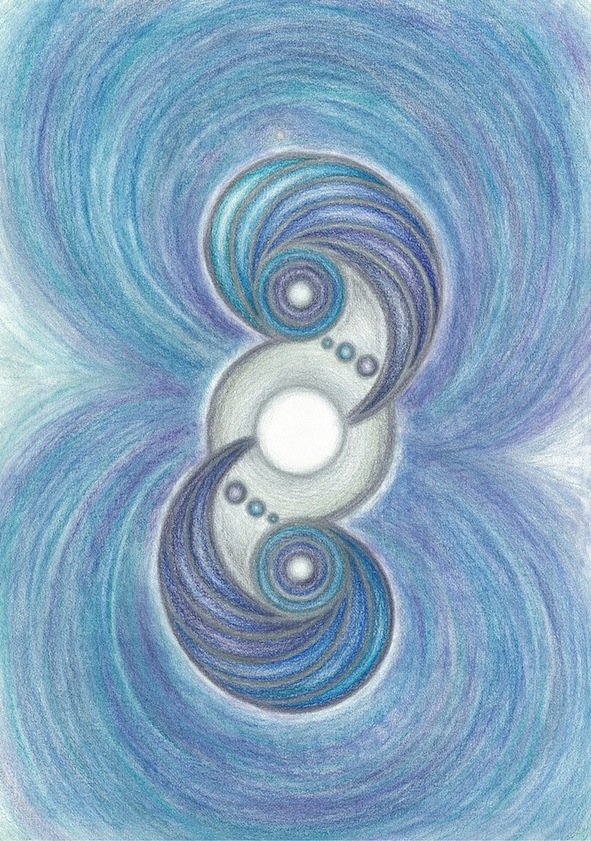
Seafaring Rituals and Beliefs
Going to sea in past times had many challenges, which over centuries gave birth to various beliefs, traditions and rituals to protect the mariners. For example, sailors considered it unlucky to start a voyage on a Friday. Shipwrights could affect the luck of the vessel during the building process; ash or rowan should make up some part of the boat, and a gold coin was built into the framework of the boat and a silver coin under the mast. The shipwright might tie a red ribbon round the first nail he used. It was considered lucky to have tattoos, to have a black cat on board, and to throw a pair of old shoes overboard.
Because weather deeply affected ships during the age of sail, there were more beliefs about that factor than any other. A horseshoe nailed to the mast provided protection from storms. Whistling was supposed to bring a breeze, so becalmed sailors probably did a lot of it. Oil on troubled waters was thought to keep waves from breaking, so sailors usually made a token offering of a few drops, along with heartfelt incantations to the sea gods. The ancient Egyptians painted eyes on the bow to help the ship find its way. Figureheads are thought to have evolved from that practice.
Signs of the Ocean
The indigenous peoples living by the sea have always intuitively known how to read the signs of the ocean. Before the Indian Ocean tsunami arrived in Thailand in December 2004, there was a particular stillness on the shore on that day. Bird calls were not heard and hermit crabs were moving inland to the forest. In the ocean, deep sea fish were appearing at the surface of the water, while divers reported large numbers of dolphins heading for deeper sea.
When the indigenous Moken tribe noticed the tide receding and boats getting stuck in the sand, they quickly went to discuss these signs with their elders and decided to evacuate immediately. The tribe’s chief warned that it was “laboon, an ancient thing that has swallowed whole islands before.” And when the first wave came, he faced the sea, asking the spirits to spare his people. Then the whole tribe ran.
Knowledge of the laboon, or “seventh wave,” had been passed down for thousands of years through generations of Moken living intimately with the ocean. Stories of laboon were told around the fire; when it comes, people need to go to the mountains or head to deep water.
All the Moken people survived this massive tsunami, but their villages were swept away. For the animist Moken, the laboon is sent by ancestor spirits to clear out the world’s evils.
Sources
Alick Bartholomew: The Spiritual Life of Water: Its Power and Purpose, Bloomsbury, London, 2012
https://potomac.org/blog/2015/6/5/guest-post-spirituality-water
https://academic-accelerator.com/encyclopedia/list-of-water-deities
https://religion.fandom.com/wiki/List_of_water_deities
https://dtmag.com/thelibrary/seafaring-superstitions-marine-myth-rituals-explored/
http://www.waterencyclopedia.com/Po-Re/Religions-Water-in.html
https://www.rituals.com/en-us/mag-travel-water-rituals.html
Primary Water
http://www.stopthecrime.net/primewater.html
https://londonist.com/2015/07/who-was-old-father-thames
The writer is an invited guest blogger to To the Oceans Project “Oceans & Spirituality” Program.
For more information:
www.hannamarimakela.com
www.kuudennenauringonaika.fi
Email: hannamari.makela(at)sci.fi
